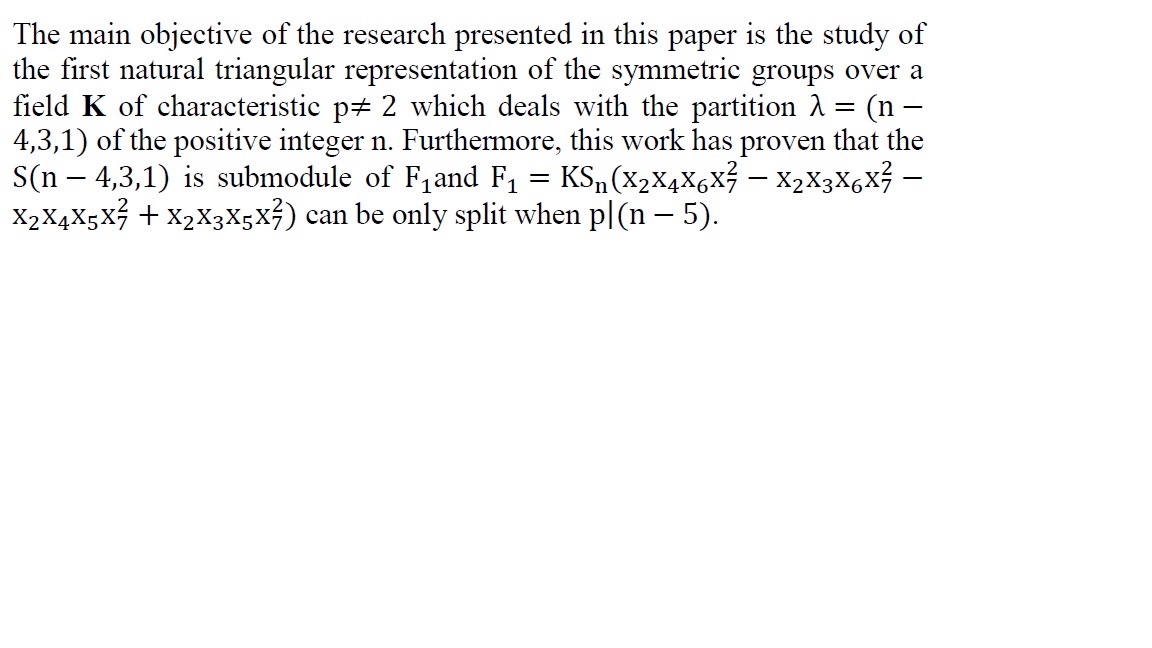This study depicts the removal of Manganese ions (Mn2+) from simulated wastewater by combined electrocoagulation/ electroflotation technologies. The effects of initial Mn concentration, current density (C.D.), electrolysis time, and different mesh numbers of stainless steel screen electrodes were investigated in a batch cell by adopting Taguchi experimental design to explore the optimum conditions for maximum removal efficiency of Mn. The results of multiple regression and signal to noise ratio (S/N) showed that the optimum conditions were Mn initial concentration of 100 ppm, C.D. of 4 mA/cm2, time of 120 min, and mesh no. of 30 (wire/inch). Also, the relative significance of each factor was attained by the analysis of variance (ANOVA) which indicates that the percentage of contribution followed the order: time (47.42%), C.D. (37.13%), Mesh number (5.73%), and Mn initial Conc. (0.05%). The electrolysis time and C.D. were the most effective operating parameters and mesh no. had a fair influence on Mn removal efficiency, while the initial conc. of Mn. had no significant effect in the studied ranges of control factors. Regression analysis (R2= 90.16%) showed an acceptable agreement between the experimental and the predicted values, and confirmation test results revealed that the removal efficiency of Mn at optimum conditions was higher than 99%.
In this research, the effect of changing the flood level of Al-Shuwaija marsh was studied using the geographic information systems, specifically the QGIS program, and the STRM digital elevation model with a spatial analysis accuracy of 28 meters, was used to study the marsh. The hydraulic factors that characterize the marsh and affecting on the flooding such as the ranks of the water channels feeding the marsh and the degree of slope and flat areas in it are studied. The area of immersion water, the mean depth, and the accumulated water volume are calculated for each immersion level, thereby, this study finds the safe immersion level for this marsh was determined.
 (1)
(1)
n this work, the effect of gamma rays on blood thinning drugs was studied using the drug (Aspirin), where gamma rays were spread with the drug using a radioactive source (Co60), and 15,000 grams of Aspirin were placed in the device (gamma chamber 900). The drug was subjected to different irradiation doses (5 KGy, 10 KGy, 15 KGy) and the amount of absorption of the drug was observed in the gamma for different doses and the study of x-rays. After confirming the absorption of the drug to radiation, the effect of the drug on blood thinning was calculated using the rat model and compared with the same drug and the same dose but without exposing the drug to radiation and comparing all results with the control group. The way drugs absorbed radiati
... Show More (1)
(1)
Background: Cancer is a lethal disease that results from a multifactorial process. Progression into carcinogenesis and an abnormal cell proliferation can occur due to the micro and macro environment as well as genetic mutations and modifications. In this review, cancer and the microbiota – mainly bacteria that inhabit the tumour tissue – have been discussed. The positive and negative impacts of the commensal bacteria on tumours being protective or carcinogenic agents, respectively, and their strategies have also been described. Methods: Related published articles written in English language were searched from Google Scholar, PubMed, Mendeley suggestions, as well as Google search using a combination of the keywords ‘Microbiota, commens
... Show More
 (6)
(6)
